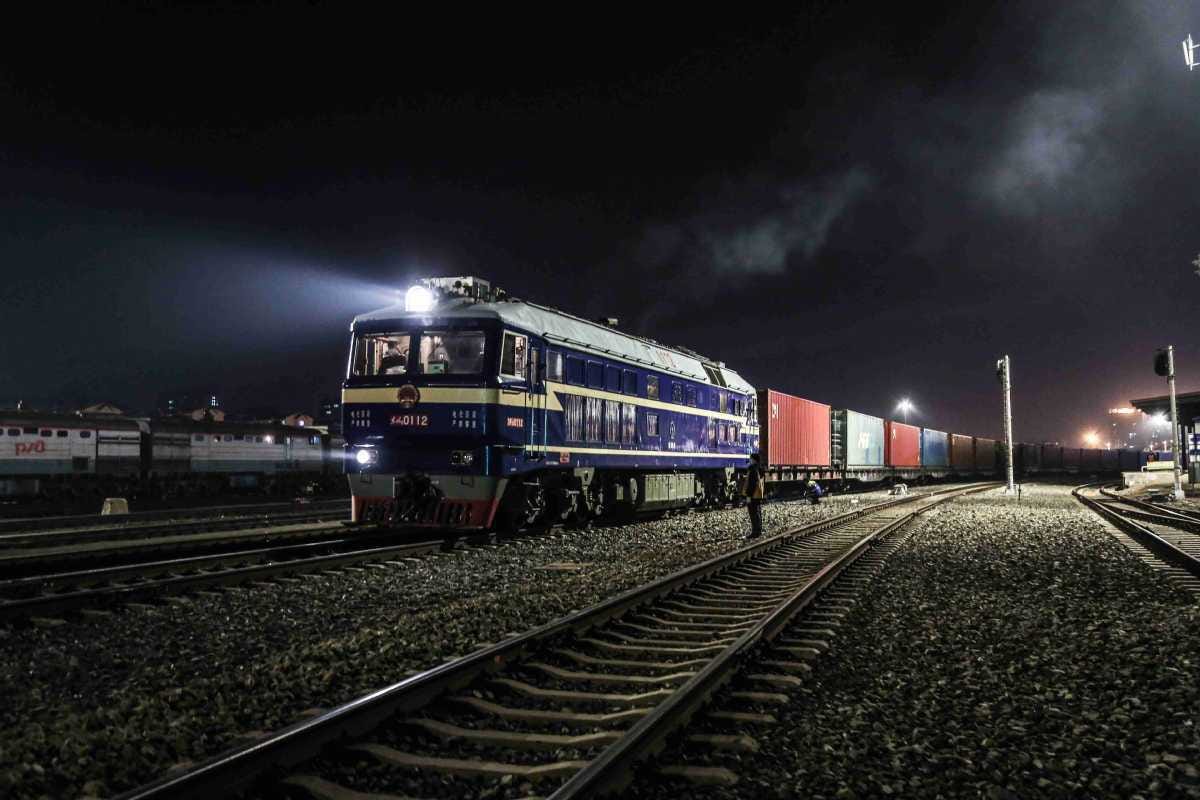Russia’s Seizures Disrupt China-Europe Rail
The Future of Trade Routes in Question
The China-Europe Railway Express, a flagship trade route under Beijing’s Belt and Road Initiative, is facing one of its most severe disruptions to date. Russia’s increased restrictions and mass confiscations of goods have caused logistics chaos, forcing Chinese suppliers to rethink their reliance on the rail corridor.
For years, this transcontinental railway has been a critical lifeline, transporting up to 80,000 containers per month from China to European markets through Russia. Offering a middle ground between the speed of air freight and the affordability of sea transport, the rail link was celebrated for its efficiency. However, Russian customs seizures, new transit controls, and geopolitical pressures have dramatically changed the equation.
Massive Confiscations Shatter Trust in the Rail Corridor
Since October 2024, Russian authorities have been enforcing stricter transit rules—particularly on dual-use goods such as mechanical and electronic products that could have both civilian and military applications. Western sanctions against Russia, combined with Moscow’s tighter export controls, have resulted in thousands of containers being impounded at the border.
The response from China-based freight companies has been swift. Many firms have completely abandoned the route, unwilling to risk further losses.
"We haven't dared to transport goods by rail since November," says Andrew Jiang, General Manager of Shanghai-based freight forwarder Air Sea Transport. "The uncertainty is too high. Businesses can’t afford to have their cargo confiscated without warning."
Freight forwarders only learned about the policy weeks after it was enacted, by which time thousands of shipments were already stuck in limbo. Some of the seized goods never made it out of Russia, either being held indefinitely or redirected for domestic use.
The unpredictability of Russian customs enforcement has made logistics planning nearly impossible. With no clear rules and enforcement varying by region, companies are left in a state of paralysis, unable to determine what goods will be allowed through.
The Economic Impact: Rerouting at a Cost
The fallout from this disruption is rippling through global supply chains.
Delays and Rising Costs: Logistics networks that depended on the China-Europe rail link are struggling with sudden delays. Alternative routes are slower and more expensive, causing higher freight costs.
Diversion to Other Routes: In response, China and Kazakhstan have launched new trade corridors that bypass Russia entirely. One of the fastest-growing alternatives is a rail route through Turkmenistan, Iran, and Turkey, reaching Europe via the Middle Corridor.
Increased Dependence on Sea Freight: Many exporters are returning to maritime shipping, despite its longer transit times, preferring the stability of deep-sea routes over the unpredictability of Russian customs.
Impact on EU Supply Chains: European businesses that relied on just-in-time deliveries are now dealing with supply shortages and price hikes, affecting sectors such as electronics, machinery, and automotive components.
"We've had to completely overhaul our supply chain," explains a logistics manager for a leading European electronics brand. "Rail was a key part of our strategy, but now we're shifting to multimodal solutions involving sea freight and air transport."
China’s Response: Diversification Beyond Russia
Faced with an unreliable partner in Russia, China is accelerating its efforts to develop alternative trade corridors.
The Middle Corridor Expansion
A new rail route through Kazakhstan, the Caspian Sea, Azerbaijan, and Turkey is gaining traction.
This route is longer than the Russia-Europe corridor but avoids geopolitical bottlenecks.
Strengthening Rail Links with Central Asia
China is investing heavily in infrastructure projects in Kazakhstan, Uzbekistan, and Turkmenistan to facilitate cross-border logistics.
Trade agreements with Iran and Turkey are boosting connectivity.
Growing Maritime Trade
Chinese exporters are redirecting cargo to sea routes, particularly via major ports such as Shanghai, Ningbo, and Qingdao.
New shipping alliances are emerging to ensure faster transit times between China and Europe.
Enhancing Air Freight for High-Value Goods
Electronics, automotive parts, and pharmaceuticals that once moved by rail are now shifting to air freight, despite higher costs.
The Future of China-Russia Rail Trade
Russia’s decision to tighten transit restrictions may have helped its internal policies, but it has undermined confidence in its role as a reliable logistics corridor.
If China’s alternative routes continue to expand, the China-Europe Railway Express through Russia may see a permanent decline in volume. Moscow’s heavy-handed approach has led to a structural shift in trade routes, pushing China to decrease reliance on Russian transit infrastructure.
China’s policymakers will continue working toward a diversified trade network—one that is less dependent on any single country and more resilient to geopolitical shocks.
"Trade flows adjust to risk," says Logistics Asia analyst Liu Wei. "Once trust is broken, it’s difficult to regain. Russia’s policies have forced China to accelerate its logistics diversification."
Conclusion: A New Era for China-Europe Trade
The era of seamless China-Europe rail trade through Russia may be coming to an end. While the Belt and Road Initiative originally positioned Russia as a strategic partner, the reality of political instability, customs seizures, and sanctions have made this route untenable.
As China develops new transit corridors, global trade will continue to evolve. Businesses must stay agile, rethink their logistics strategies, and diversify their supply chain dependencies to navigate this shifting landscape.
What do you think about the future of China-Europe rail trade? Will Russia regain its position as a key transit country, or will alternative routes take over? Share your thoughts in the comments and join the discussion on Chain.NET.


